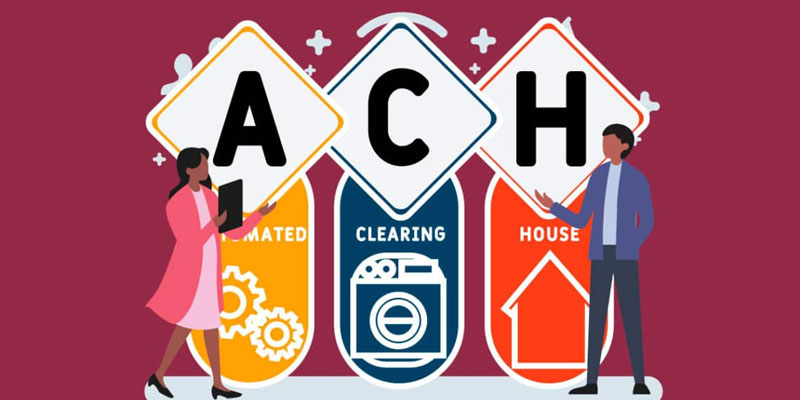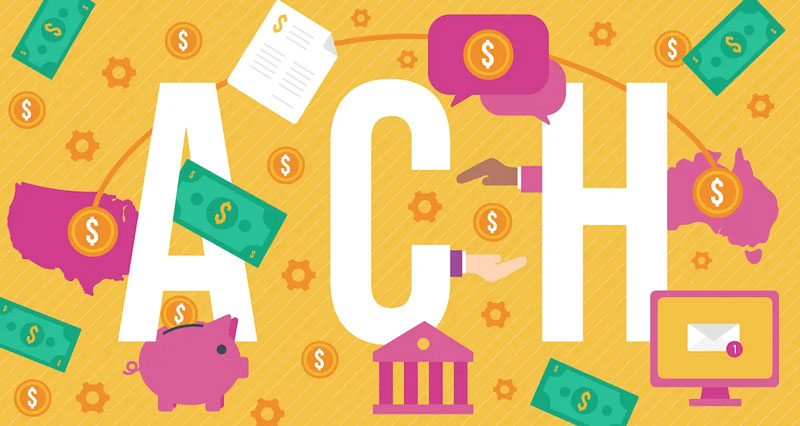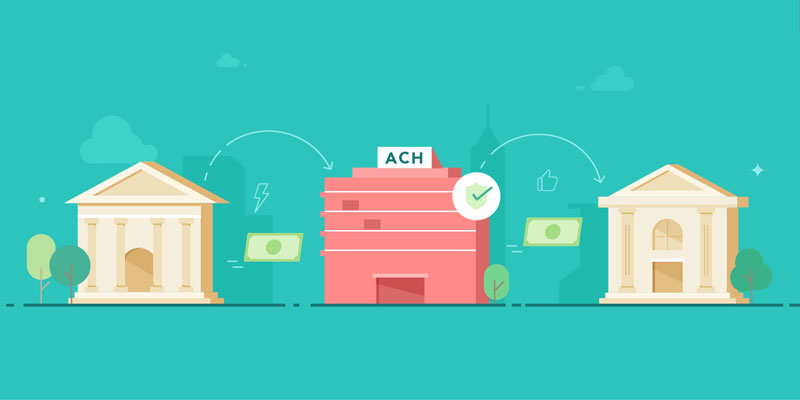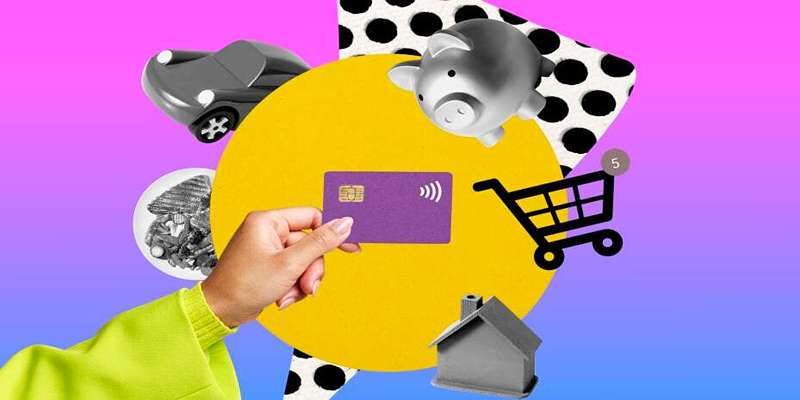Dec 11, 2023 By Triston Martin

What is an ACH Payment?
Are you keen to learn how ACH payments work? ACH is the abbreviation for Automated Clearing House, a USA fiscal network used to make electronic payments and money transfers. ACH payments are a method to transfer funds from one bank to another, using chequebooks and credit card servers, wire transfers, or money. However, as a customer probably acquainted with ACH payments, you may not know the terms. In the event that you are able to pay bills online instead of making a check, entering a bank credit card number, or getting direct deposits from your employer or bank, the ACH network is most likely in operation.
ACH payments are a preferred alternative to cash checks or credit card money transfers for companies. Since they're electronic, ACH payments are quicker and more secure than checks and can help to simplify and automate accounting. It costs less money to process payments through an ACH than credit-card payments or wire transfers. If you're a company that accepts regular transactions, the savings could be substantial.
What are ACH Transfers?
ACH transfers are electronically-mediated bank-to-bank transactions done through the ACH Network. As per Nacha, the association accountable for these transactions, the ACH network is an automated batch processing mechanism that banks and other fiscal institutions utilize to combine the transactions to process them generally three times a day.

You could be making use of ACH transfers without realizing it. Making your payment via direct deposit or online using a bank account is only two ACH transfer instances. You can also make use of ACH transactions to transfer one-time or regular deposits to the individual retirement account (IRA) and a tax-deductible broker account or student savings account. Company owners can make use of ACH to pay sellers or get payments from customers and clients. ACH transfers can be used for many purposes and are more efficient and convenient than cashing checks or making payments via a credit or debit card. So if you're interested in understanding the way ACH transfers function and how they work, here's what you should be aware of.
What is an ACH Debit?
Debits are debited from your savings or checking account. In contrast to credit cards, which debit your credit line, a debit card can draw straight from your account at the bank. An ACH debit is another method of establishing an account debit. If money is taken from your account through the help of an ACH transaction, that's an illustration of an ACH debit.
What is the process of ACH payments?
ACH payments are payments that are made over the Automated Clearing House Network. Money moves across banks from one account to the next through a centralized ACH network that directs the money to its final place. Digital payments can bring advantages to merchants as well as consumers. They are cost-effective and can become automated, and keeping records is usually easier when using electronic payment.

Benefits All-Around
Since they're digital, ACH payments use less resources than conventional checks made of paper. They don't require paper ink, fuel, or ink to move checks around or the time and effort required to process or deposit checks. Digital transactions make it simple to record your income and expenses. Each time a transaction occurs, banks make an electronic record of the transaction. One can also access personal financial management and accounting tools through their transaction history.
Less Expensive Than Plastic
If a business typically accepts payments through credit cards, it costs less to make the ACH transfer than accept credit card payments. In particular, when collecting regular payments, the savings can be significant. Automating the payments only enhances the advantages. The downside is that ACH is not able to give you real-time approval or deny response like credit card terminals do.
Long-Distance Payments
Businesses are able to accept payments through ACH online. However, this is not the case for credit cards. Suppose your customers do not have credit cards or prefer not to regularly share the information for their cards, ACH can serve as a solution.
Easy to Handle
If customers pay with a bank check, businesses must wait for the e-mail to arrive and deposit the check at the bank. One can lose the payment, and entering it into a system for recordkeeping is labour-intensive. Electronic payment The checks are delivered quickly and efficiently and are delivered quickly and reliably. Hence, there's no need to transfer money to the banks only to wait for a few days to discover which checks were bounced.
-

Moomoo App Insights: Explore the Free Stock Market Trading Platform
Jul 31, 2024
-

Groundfloor Investment: Can You Really Achieve 10% Returns?
Jul 31, 2024
-

Guide To Credit Card Special Offers And Limited-Time Promotions
Nov 07, 2023
-

How Twitter Makes Money
Dec 23, 2023
-

Titan Invest Review: Can Its Portfolio Outperform?
Jul 31, 2024
-

The Best Affordable Car Insurance For Teens
Dec 03, 2023
-

Artificial intelligence assistants and risk
Oct 11, 2023
-

A Guide About Using The Discounted Cash Flow Model To Value Stock
Nov 14, 2023
-

RealEstateU Review: A Complete Analysis
Feb 12, 2024
-

How Does Long-Short Equity Work?
Dec 29, 2023
-

How To Find Real Estate Investors?
Feb 04, 2024
-

Characteristics of Trust
Oct 15, 2023